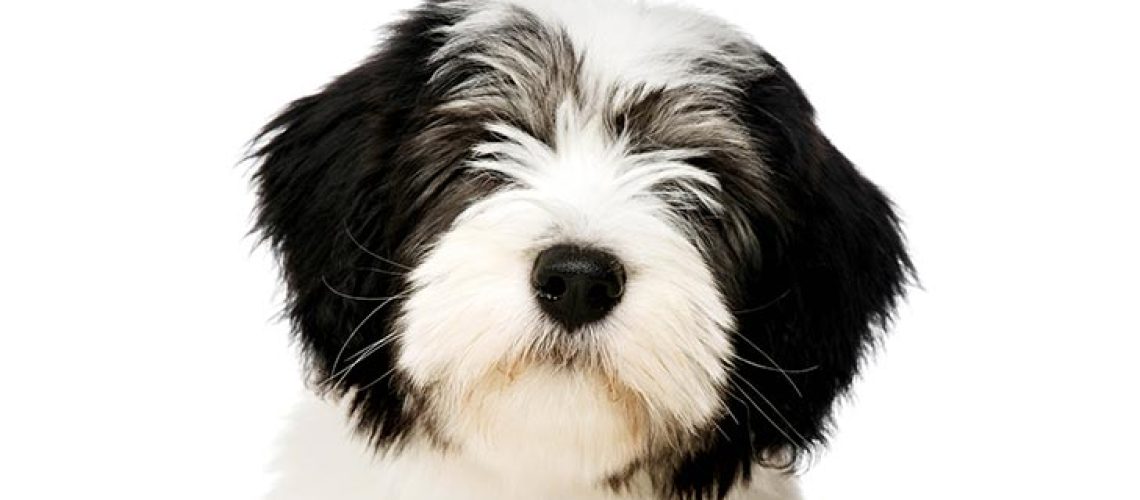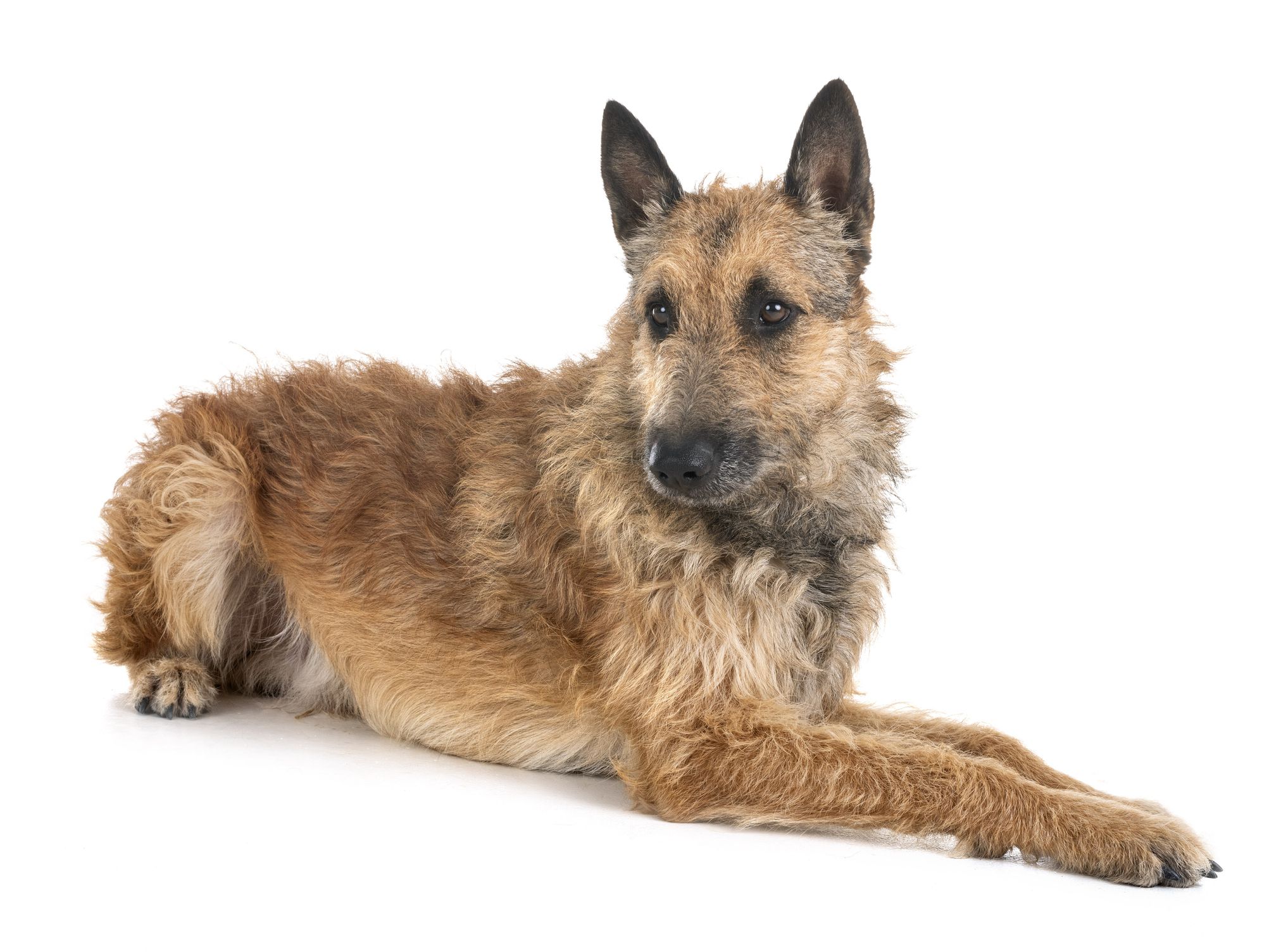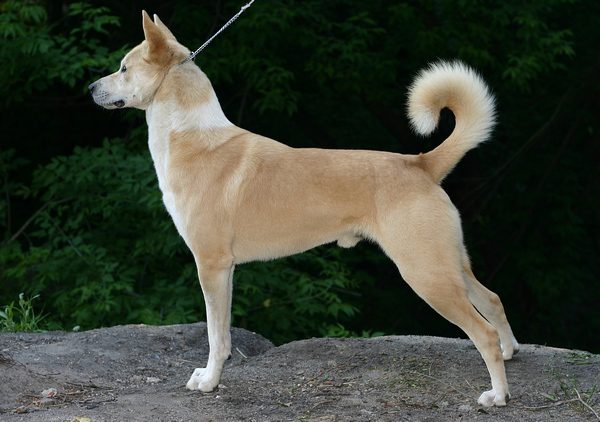Key Takeaways:
- The Polish Lowland Sheepdog, also known as PON, is a medium-sized herding dog with a dense and shaggy double coat.
- PONs are highly intelligent and trainable, but they require consistent and firm leadership to prevent them from becoming stubborn or independent.
- Regular grooming is essential for PONs due to their long and thick coats, which can easily become matted if not properly maintained.
- These dogs have a strong herding instinct and may try to herd family members or other pets if not given appropriate outlets for their energy and intelligence.
- PONs thrive in an active household where they receive plenty of mental and physical stimulation through activities like obedience training, agility exercises, or even herding trials.
Are you ready to embark on a fascinating journey into the world of the Polish Lowland Sheepdog, also known as the PON? Get ready to discover the incredible characteristics and care required for this remarkable breed. By diving into this subject, you'll gain valuable insights that will not only enhance your understanding of these lovable dogs but also enable you to provide them with the best possible care. Whether you're a current PON owner or simply intrigued by these fluffy companions, this exploration is essential for anyone seeking a deeper connection with their four-legged friends. So, let's delve into the captivating world of the Polish Lowland Sheepdog and uncover all its secrets together!
What is a Polish Lowland Sheepdog (PON) and what makes them special?
The Polish Lowland Sheepdog, also known as PON, is a breed of herding dog that originated in Poland. They are medium-sized dogs with a sturdy build and a distinctive shaggy coat that covers their entire body, including their face.
One thing that makes PONs special is their intelligence. They are highly trainable and excel in tasks that require problem-solving skills. This makes them great working dogs for herding livestock or participating in dog sports like agility or obedience trials.
PONs are also known for their loyalty and affection towards their families. They form strong bonds with their owners and are always eager to please. Their friendly nature makes them excellent family pets and they get along well with children and other pets when properly socialized.
How does the coat of a Polish Lowland Sheepdog help them in different weather conditions?
The thick double coat of the Polish Lowland Sheepdog serves as protection from various weather conditions.
In cold weather, the dense undercoat provides insulation by trapping warm air close to the body, keeping the dog warm even in freezing temperatures. The long outer coat acts as a barrier against wind and snow, preventing moisture from reaching the skin.
In hot weather, the coat actually helps to keep the dog cool. The outer layer acts as shade, protecting the skin from direct sunlight. The undercoat also helps to regulate body temperature by allowing air circulation near the skin.
What kind of exercise and mental stimulation does a Polish Lowland Sheepdog need to stay happy and healthy?
To keep a Polish Lowland Sheepdog happy and healthy, they require both physical exercise and mental stimulation on a regular basis.
Physical exercise should include daily walks or runs to fulfill their need for physical activity. They also enjoy playing games like fetch or participating in dog sports such as agility or flyball. Regular exercise helps to prevent obesity and keeps their muscles strong and healthy.
Mental stimulation is equally important for PONs. They are intelligent dogs that thrive on mental challenges. Providing them with puzzle toys, interactive games, and obedience training sessions can keep their minds sharp and prevent boredom. Engaging their problem-solving skills helps to satisfy their natural instincts as herding dogs.
What are some common health issues in Polish Lowland Sheepdogs and how can they be prevented or managed?
Like all dog breeds, Polish Lowland Sheepdogs are prone to certain health issues that owners should be aware of.
One common health issue in PONs is hip dysplasia, which is a condition where the hip joint doesn't develop properly. This can cause pain and mobility problems. Regular vet check-ups and proper nutrition can help manage this condition.
PONs may also be susceptible to eye problems such as progressive retinal atrophy (PRA) or cataracts. Regular eye examinations by a veterinarian can detect these issues early on, allowing for appropriate treatment if necessary.
- Regular vet check-ups
- Proper nutrition
- Eye examinations
How should the diet of a Polish Lowland Sheepdog be structured to meet their nutritional needs?
A well-balanced diet is crucial for the overall health and well-being of a Polish Lowland Sheepdog.
Their diet should consist of high-quality dog food that provides all the essential nutrients they need. It is important to choose a food specifically formulated for medium-sized, active dogs.
The amount of food and feeding frequency will depend on factors such as age, activity level, and metabolism. It is recommended to divide their daily portion into two or three meals to prevent overeating and aid digestion.
How do Polish Lowland Sheepdogs usually behave around children and other pets, and how can we ensure their safety?
Polish Lowland Sheepdogs are generally friendly and get along well with children and other pets when properly socialized.
Early socialization is key to ensuring their behavior around children. They should be exposed to different environments, people, and animals from a young age to learn appropriate behavior and develop good manners.
Supervision is important when PONs interact with small children or unfamiliar pets. Despite their gentle nature, accidents can happen unintentionally due to their size and exuberant energy. Teaching children how to properly handle and respect dogs can help prevent any incidents.
Tips for grooming and maintaining the coat of a Polish Lowland Sheepdog
Grooming the shaggy coat of a Polish Lowland Sheepdog requires regular maintenance to keep it clean and tangle-free.
Here are some tips for grooming:
- Brush the coat at least once or twice a week using a slicker brush or comb to remove loose hairs and prevent matting.
- Bathe the dog as needed using a dog-specific shampoo that won't strip away natural oils from the coat.
- Trim the hair around the eyes, ears, paws, and bottom regularly to maintain cleanliness.
- Check for ticks or fleas regularly during outdoor activities and use appropriate preventive measures.
Regular grooming not only keeps the coat looking neat but also helps to prevent skin issues and maintain overall hygiene.
In conclusion, the Polish Lowland Sheepdog, or PON, is a friendly and intelligent breed that requires regular grooming and exercise. With proper care and attention, they make great companions for families and individuals alike.
Are Polish lowland sheepdogs good family dogs?
Before you decide to bring a Polish lowland sheepdog into your home, there are a few factors you should consider. They have a moderate compatibility with young children and other dogs. They can also be aloof and wary of strangers. The AKC rates them a 3 out of 5 for all three characteristics.
Do Polish sheep dogs shed?
The Polish Lowland Sheepdog has a long, wirehaired coat that requires regular grooming with a brush at least once a week to prevent tangles. This breed is known for being hypoallergenic and does not shed much hair, making it a good choice for people with allergies.
How much does a Polish Lowland Sheepdog cost?
What is the price of a Polish Lowland Sheepdog? To buy this breed from a breeder, it typically costs around $2200. However, they can also be adopted from a rescue organization at a lower price. The annual veterinary expenses for this dog range from $400 to $500.
Are sheepdogs high maintenance?
These dogs are easygoing and friendly towards new people. The only thing that requires regular attention is their coat, which needs to be combed daily to prevent tangling.
Are sheepdogs barkers?
The Old English Sheepdog is known for its loud and unique bark. You can expect to hear this bark whenever something out of the ordinary is happening, as the Old English Sheepdog will likely want to alert you to the situation.
Do sheep dogs like to swim?
Sheepadoodles are typically inclined to enjoy water and swimming, although some individuals may not like it. They are energetic and playful, but also enjoy relaxing and taking naps, often snuggling up on the couch or in someone's lap after playtime.

















